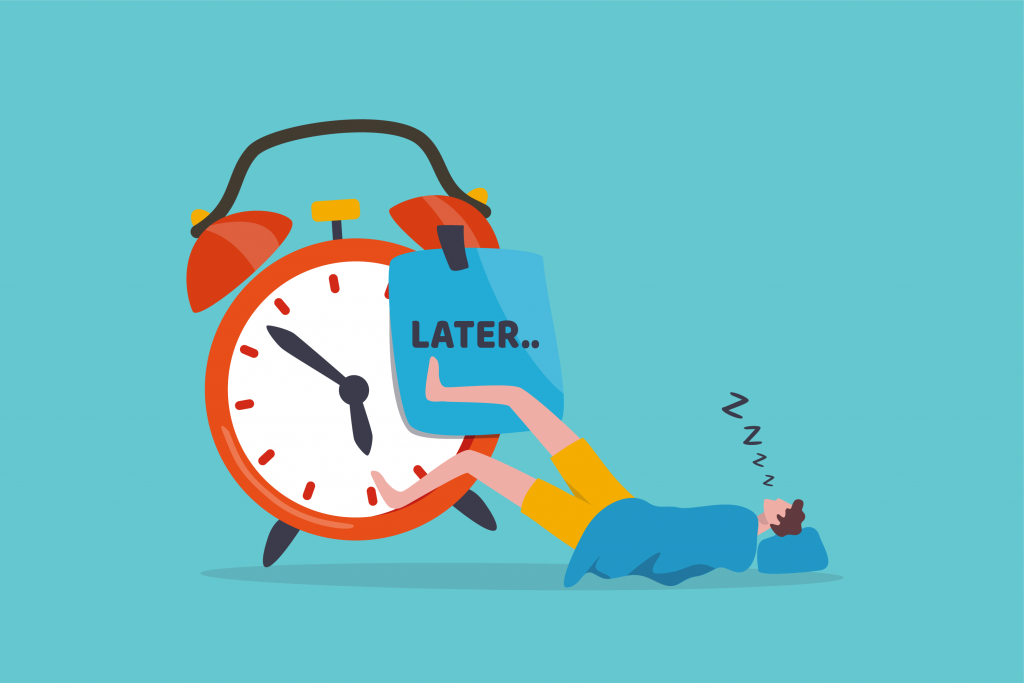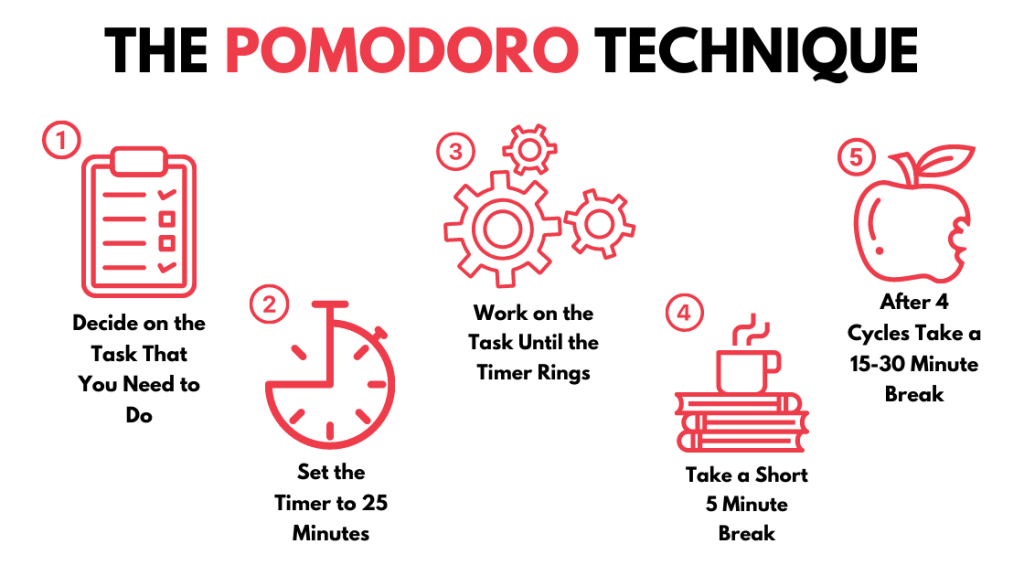This book is a guide for people who want to work on their productivity. In this distracted world, being able to focus and be creative is a skill with high value. Here the authors Mikael Krogerus and Roman Tschäppeler have divided the book into 5 Sections they are as follows.
- Doing things – Here we discuss different types of productivity techniques (PART 1)
- What to do before you do anything – Here we discuss different techniques in the planning process and disciplines that are required or needs to be acquired. (PART 2)
- How to get others to do things- Here we discuss how to maintain relationships with others (PART 3)🚧
- Doing things differently (PART 4) 🚧
- What to do with the things you’ve done (PART 5) 🚧
Doing Things
Here we are going to talk about common pitfalls and different techniques that will help us to get things done.
Procrastination
The first step to solving a problem is to acknowledge that there is one. Here we understand why we procrastinate. The reasons, the effects, and how to overcome procrastination.

The Pomodoro Technique
One of the best and most effective ways to overcome procrastination or implement discipline in work is to use this technique for productivity.

Read more about Pomodoro Technique here
Compartmentalization
In this highly productive environment where we have multiple things on our plate, it is important to have clear and defined lines between different tasks. If you decided to do personal work open the compartment do the work and close it, only then move on to the next task don’t open multiple compartments parallelly.

Rapid Prototyping
It is important to get started, don’t procrastinate to achieve perfection in a single shot, develop fast, get feedback, and improve.
Bursty Communication
Bursty communication is a type of communication between team members, and colleagues where ideas are exchanged, and the intensity of the conversation is high.
INBOX Management
Responding to a mail promptly shows that you are conscientious – organized, dependable, and hardworking, but also doesn’t mean you need to reply to all emails. Take your time, dedicate an hour or half hour a day, and clear out all the emails in the last 12-24 hrs.
KANBAN
We’ve all had the feeling; you’re working on so many projects at once that you don’t know where to start, but you do know that you won’t complete any of them because other stuff keeps cropping up. This type of to-do overload’ often either creates a kind of paralysis, you end up being exhausted, an inefficient whirl of multitasking, where you do a bit of everything but finish nothing.
It involves 2 basic rules
- Be transparent to yourself and others. That is always be clear about what you’re planning to do, what you’re doing right now, and what you’ve already done.
- Don’t despair when faced with big tasks. Parcel them off into smaller ones and make a start on the – now more manageable – subtasks right away

Ask Why 5 times.
If you know something is wrong like you missed the deadline, or the quality of the product is not good, ask why 5 times to get into the root cause of the problem.
The brilliant thing about this method is that it exposes answers that are merely superficial and compels us to think more deeply.
5-second rule
The five-second rule says that when you find yourself procrastinating, you can count loudly backward from 5,4,3,2 to 1. This might sound cheesy, but this trick is based on a famous concept in psychology, the ‘locus of control’. That the more we’re convinced that we are in charge of our lives, the happier we are. The countdown gives us activation energy which all us to get started with the task.
Triage
Triage is a binding rule that needs to be followed in scenarios where the resources or the time is scare to complete a project or task.
One of the example of triage is given in the book is in a war, where the number of wounded soldiers are high, how you prioritise who needs to be healed first? for that we may have following binding rules
- Will he survive without help, if yes the low priority
- Will he die despite help, if yes low priority
- Will he survives with help, high priority
Triage will help us to prioritise tasks and help us to go for most effective course of action
Paralysis by Analysis
This principles defines sometime having a lot of options is a counter-productive. During a crisis or after failure don’t force yourself to weigh all the available options.
The Books of Books (BoB)
Human mind is not capable to store all the information that it reads, it is always a good idea to make notes or summaries of the text that you need to retain, this principles suggests to create a summary of the book or your interpretation of the book. BoB is a great way to remember the books that you read
Thank you for completing the part 1 section of the blog, Please read the Part 2 of this blog here
